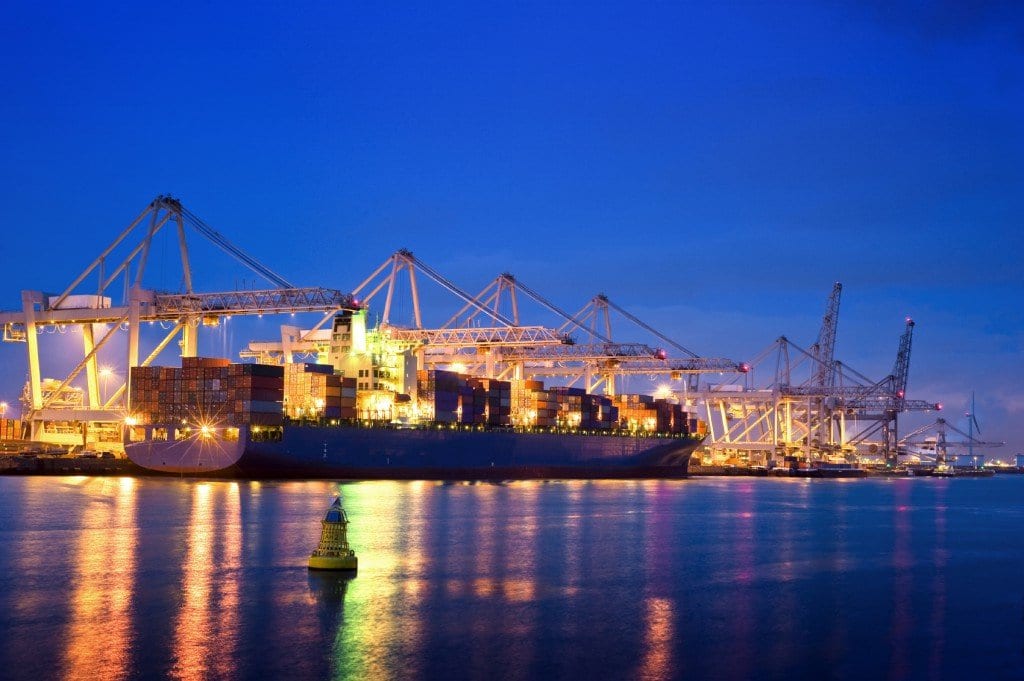The Port of Hong Kong is one of the largest import and export container ports in Asia. The port’s geographic location makes it an ideal economic gateway to mainland China. Sheltered by Victoria Harbor, its deep waters provide excellent conditions for a large variety of vessels. Its proximity to cities like Guangzhou make it a convenient hub for a diverse group of commodities such as fashion apparel and accessories, leather products, industrial materials, solar panels and other alternative energy products. The port moves over 20 million TEUs (twenty-foot equivalent units) annually.
Facilities:
Terminals 9
Terminal Operators 5
Berths 2
Quay Cranes 98
Quay Length 7,694 (meters)
Area 279 (hectares)
Throughput 2010:
23.7 million TEU’s (up 13% from 2009)
267.8 million Metric tons of cargo (up 10% from 2009)
32,650 ocean vessel arrivals (down 2% from 2009)
45,830 river vessel arrivals (up 4% from 2009)
Average turnaround time for container vessels: 13.6 hours
Geography: Hong Kong and its 260 territorial islands and peninsulas are located in the South China Sea, at the mouth of the Pearl River Delta. Hong Kong port is one of the deepest natural maritime ports in the world. Five channels run into Victoria Harbor, which is the body of water separating Hong Kong Island and the Kowloon Peninsula that ultimately facilitates the port of Hong Kong.
Climate: Hong Kong Port is home to a near ideal subtropical weather pattern, with an average annual temperature in the 60’s (°F). The winters are cool and dry, whereas the summers are hot and wet. Its average annual rainfall is 2,214 mm (87.2 in), though about 80% of the rain falls between May and September. On occasion Hong Kong will incur tropical cyclones; however, its sheltered harbor makes them only a minor threat.
Sources:
https://news.xinhuanet.com/english2010/china/2011-03/08/c_13767244.htm

